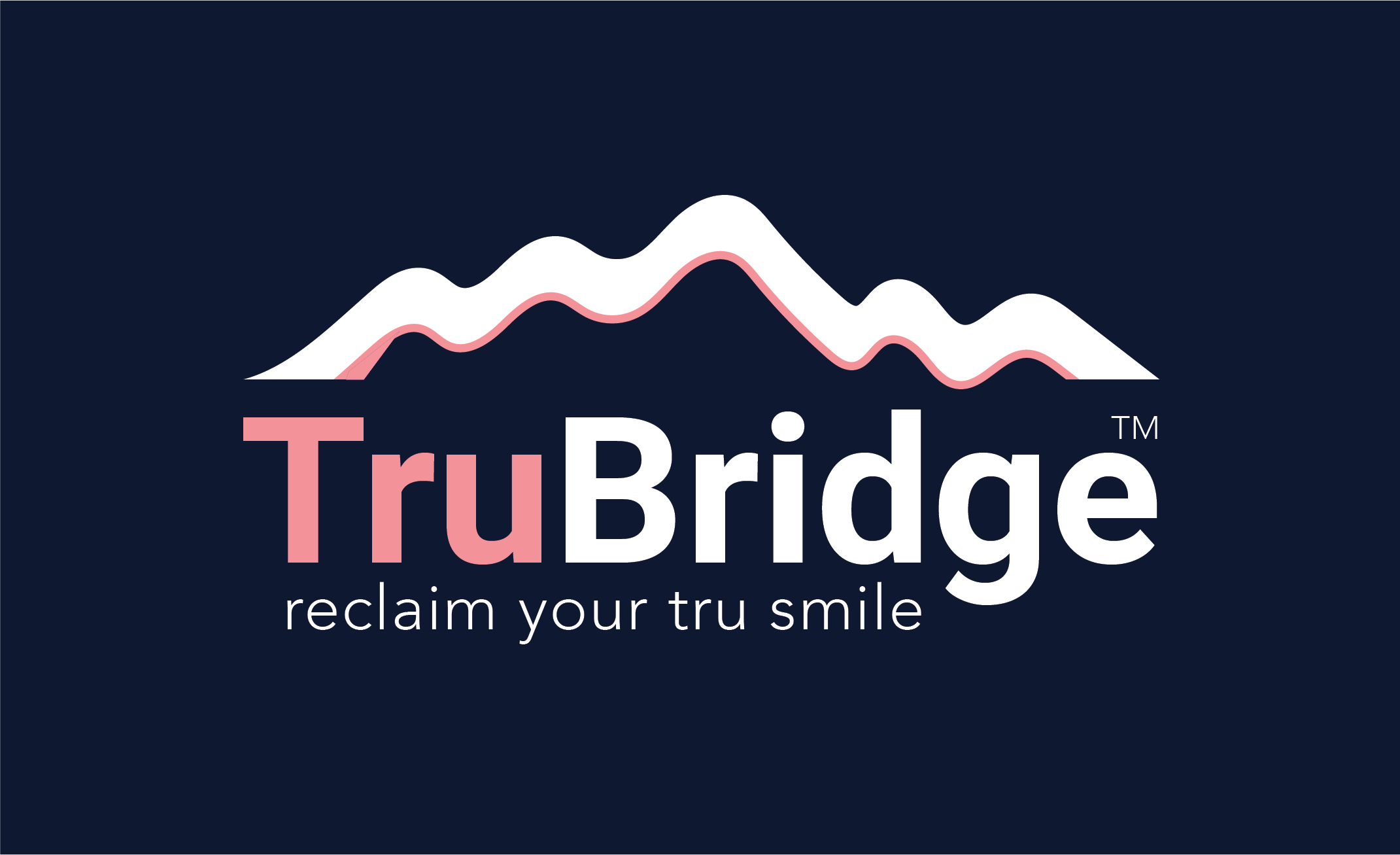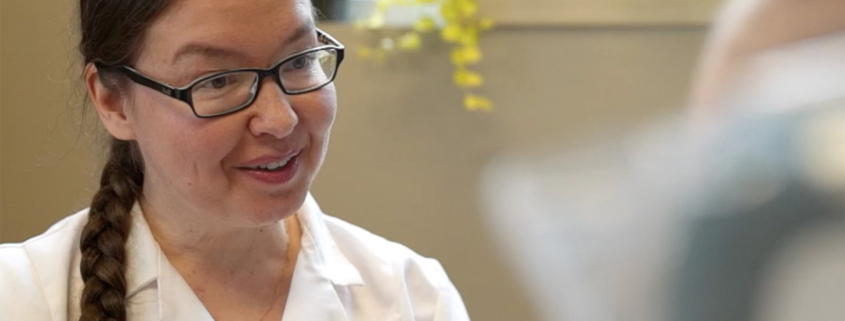As a rule, how well does anyone truly get to know their dentist?
The exception to that rule is Dr. Helena Soomer Lincoln who freely shares with patients her international training and experience in five different countries, and who also shares some of the folk lore of her native Estonia in stories and song.
We asked Dr. Helena Sooner Lincoln for a glimpse of her life in dentistry. She more than satisfied our curiosity, giving us extra insight into a dentist quite unlike any other.
Q: Hello, Dr. Lincoln. Can you share some information about your background. What are your earliest memories?
Dr. Lincoln: I was born in Tallinn, Estonia. At the time, Estonia was occupied by the Soviet Union. My mother was a professional singer in a choir and my father was an electrical engineer who worked in a theatre, making all of the background lighting and sounds and music happen.
At a young age I was exposed to music and theatre play, spending evenings and weekends with my parents in theatres and concert halls. Storytelling and singing have always touched me deeply and had such a positive, profound impact on me I wanted to share that with others as well. I so enjoyed telling stories to others that when I created Fairy Tale Dental I continued to sing songs and tell stories to patients while doing dentistry!
Q: So singing has been an important “sound track” in your life?
Dr. Lincoln: At that moment in history from 1987 – 1991, I participated in what was knwon as the Estonian Singing Revolution, where Estonian people were holding hands and singing national songs while standing in front of Soviet tanks and soldiers. The Estonians only weapons were their singing voices. The Estonian Singing Revolution was successful and completely non-violent but it was powerful! As a result, Estonia became a free country! (https://en.wikipedia.org/wiki/Singing_Revolution) Since then, I have a profound respect and understanding of war veterans being a veteran of the Estonian Singing Revolution myself.
Q: Did your dental training begin in Estonia?
Dr. Lincoln: Between 1991-1996 I attended a Dental School in Tartu, Estonia, graduating with a dental degree and joining the work force at the Tallinn Dental Clinic. There, I focused on oral surgery and prosthodontics, where I removed diseased and unrestorable teeth and replaced them with partial and full dentures.
Next, in 1997, I took on post-graduate studies in Forensic Odontology and studied at the University of Helsinki, Finland, Department of Forensic Medicine. I then had internships and scholarships to multiple countries and organizations including Interpol (International Criminal Police Organization) in Lyon, France; Karolinska Institute, Stockholm Sweden; Uppsala University, Uppsala Sweden; University of Oslo, School of Dentistry, in Oslo Norway; University of Copenhagen, School of Dentistry, Copenhagen, Denmark; and University of Athens, Department of Anthropology and Archaeology, Athens, Greece. I received the “Emerging Forensic Scientist Continental Award” in 1999 in Los Angeles, California and “Emerging Forensic Scientist Award” in 2002-2003 in Chicago IL.
I defended my dissertation “Age Estimation Methods in Forensic Odontology” in 2003 and then
I moved to the United States. I am a Fellow in Forensic Odontology at the American Academy of Forensic Sciences.
Q: You then received your license in the United States?
Dr. Lincoln: Once in the United States I became licensed with the National Board of Dental Examiners after examinations part one and part two. After passing the exams I was invited to be an assistant teacher for human anatomy and histology classes for dental and medical students. I taught from 2005 – 2007 at the University of Utah School of Medicine, Salt Lake City, UT.
Q: You career path has always been closely aligned with academic institutions of higher learning?
Dr. Lincoln: In 2008 I applied for and was accepted to the University of Michigan School of Dentistry International Dentist Program as well as University of the Pacific (in San Francisco, CA) Foreign Trained Dentist Program and The University of California San Francisco International Dentist Program. Of all of these programs I choose University of Michigan because of the strong academic and scientific curriculum they have (currently it is the top-ranked dental program in the United States).
I graduated from the University of Michigan School of Dentistry in May 2010. Right away, in June of 2010, I started general dentistry residency as a House Officer 1 at the University of Michigan Hospital.
Q: How does a dentist work in a hospital?
Dr. Lincoln: I primarily focused on oral surgery and prosthodontics as well as making maxillofacial prosthetics and all of the related laboratory work.
I was involved in treating very complex cases such as auto accidents involving facial traumas and teeth being knocked out, or patients with head and neck cancer with parts of their jaws resected (surgically removed). You would look at this and think: “Where do I even start?” But then you’ll know that you’ll start by placing the central incisors where they belong and then everything else follows. I love transformative dentistry where you start with impossible but finish with a beautiful, reclaimed smile!
These patients also frequently had non-restorable teeth that needed to be extracted, I learned to manage these situations with gentle extraction techniques, with advanced suturing techniques, and other local measures that allowed patients to stay within their other vital medical regimens (such as blood thinners).
These hospital patients also often needed an organ transplant (liver, kidney, heart, etc.) and prior to the operation, they would need a “dental clearance,” meaning all teeth that could potentially cause infection would have to be removed in an urgent manner, often times right then and there.
Q: The immediacy and urgency of those procedures sound critical.
Dr. Lincoln: I became very skilled at gentle, atraumatic extractions, holding an icepack on the cheek while gently easing the tooth out of its socket. I would use suturing and hemostatic gauze or take an impression and make a guard that would help to put pressure on the extraction site and stop the bleeding. Also an immediate denture (a denture made prior to the extractions) would serve the same purpose.
Q: When did you arrive in the Pacific Northwest?
Dr. Lincoln: I joined Dr. William Wilden at the Affordable Dentures and Implants practice in Spokane WA. Dr. Wilden’s practice was exclusively based on oral surgery and prosthetics (dental extractions, alveoloplasties, tori removal, dental implants and same-day dentures). Patients would often travel a significant distance to come and have all of their work done the same day.
Dr. Wilden and I saw an average of 40 patients a day. Some were new patients… (extractions and fitting of immediate dentures) and the others were return patients coming for adjustments and relines of their dentures or getting their final dentures after they were healed from the surgery.
Q: That experience led to the starting of your own practice on Bainbridge Island?
Dr. Lincoln: In 2015 I was ready to start my own practice, Fairy Tale Dental, on Bainbridge Island WA where I can help people heal through gentle dentistry (and through songs and stories). My primary focus is on dental extractions, implants and zirconia full arch bridges. Patients have appreciated our level of care and Fairy Tale Dental got “Best Small Business Award” in 2017 (our second year in business). The next year we were voted “Best Dentist” in Bainbridge Island. Every year thereafter Fairy Tale Dental has been in the finalist group for “Best Dentist” in Bainbridge Island.
Fairy Tale Dental has become a referral-based practice where community clinics and private practices refer patients for complex cases, such as full mouth extractions, dentures, and implant-retained zirconia bridges.



